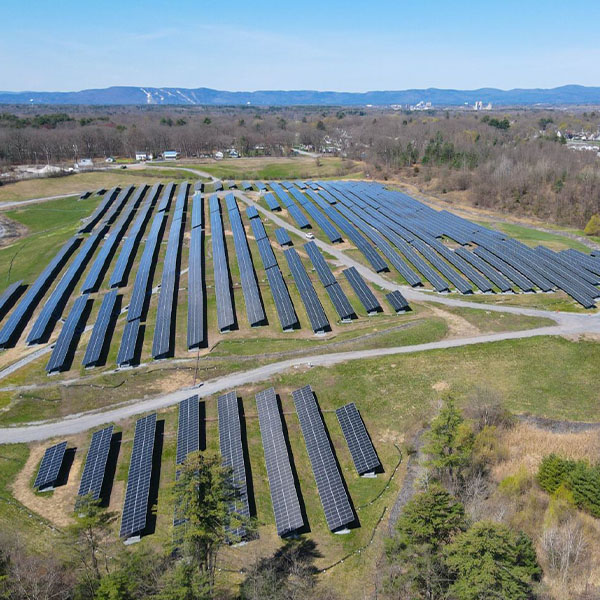State and Local Policy
AlabamaArizonaCaliforniaCA LegislationCalifornia Air Resources Board (CARB)California Energy Commission (CEC)California Public Utilities Commission (CPUC)ColoradoConnecticutDelawareDistrict of ColumbiaFloridaGeorgiaHawaiiIdahoIllinoisIndianaKentuckyLouisianaMaineMarylandMassachusettsMichiganMinnesotaMississippiMissouriMontanaNevadaNew HampshireNew JerseyNew MexicoNew YorkNYSERDAPublic Service CommissionNorth CarolinaNorth DakotaOhioOntarioOregonPennsylvaniaRhode IslandSouth CarolinaTennesseeTexasUtahVermontVirginiaWashingtonWest VirginiaWisconsinWyoming
The New Jersey Board of Public Utilities is looking to stimulate energy-efficient construction with a new program that offers a simpler incentive application process and incentives of up to $2.50/square foot of construction.
Projected energy efficiency investments in New England over the next three years will generate an estimated $19.3 billion in lifetime benefits, returning $2.93 for every dollar spent, according to new analysis by the Acadia Center.
New York is planning a step back and a change of focus for a renewables program that never gained traction in the five years since it was launched.
The U.S. Department of Energy has terminated 321 grants totaling $7.56 billion for 223 projects, apparently targeting Democratic-leaning states.
Duke Energy filed its long-range plan with the North Carolina Utilities Commission, calling for more natural gas-fired generation and batteries while keeping existing coal plants online to meet accelerated demand for electricity.
New York's summit reflected the state’s growing interest in nuclear technology and in its promise of emissions-free baseload power.
Representatives of major gas pipeline companies said they are optimistic that political shifts at the federal and state levels will create opportunities for gas infrastructure expansion in New England.
New York launched a renewable energy solicitation enlisting multiple agencies to expedite the process and get as many projects as possible approved while they still can qualify for federal tax credits.
The New York PSC granted a request by the developers of the Empire Wind 1 offshore wind project to perform cable installation during October and November.
Climate and consumer advocates called on Massachusetts lawmakers to preserve the state’s energy efficiency programs as legislators work to develop an energy affordability bill in response to high gas and electricity costs over the past winter.
Want more? Advanced Search










